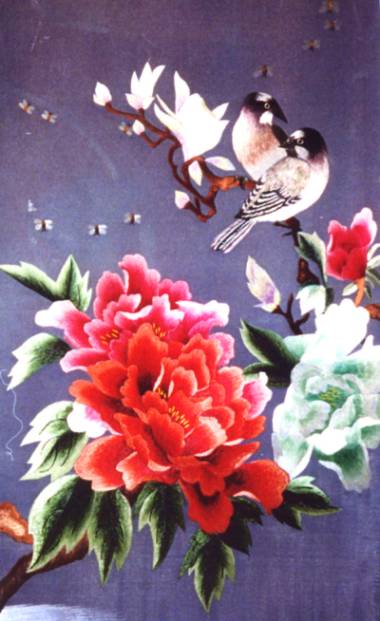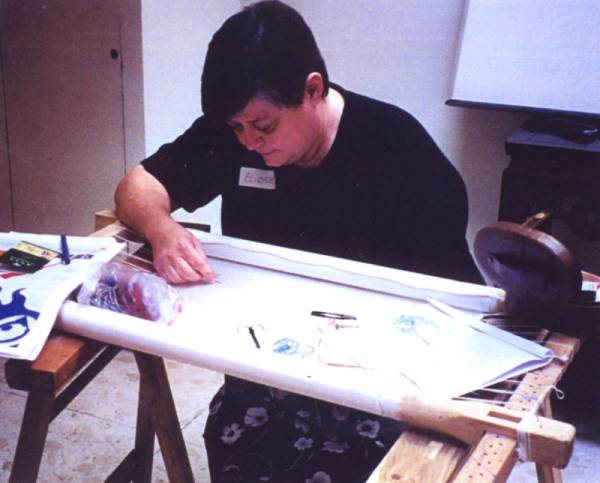Once you see an example of Chinese embroidery you will not forget it. Old and beautiful; unsurpassed in using silk to its best advantage; its history mostly unknown by embroiderers, this book will tell you its story. No one has taken the time to write a history of the development of this skill. Embroiderers know that skills need to be saved in a documented form so that when the old practitioners of the skill have died, the knowledge still remains for the future.


